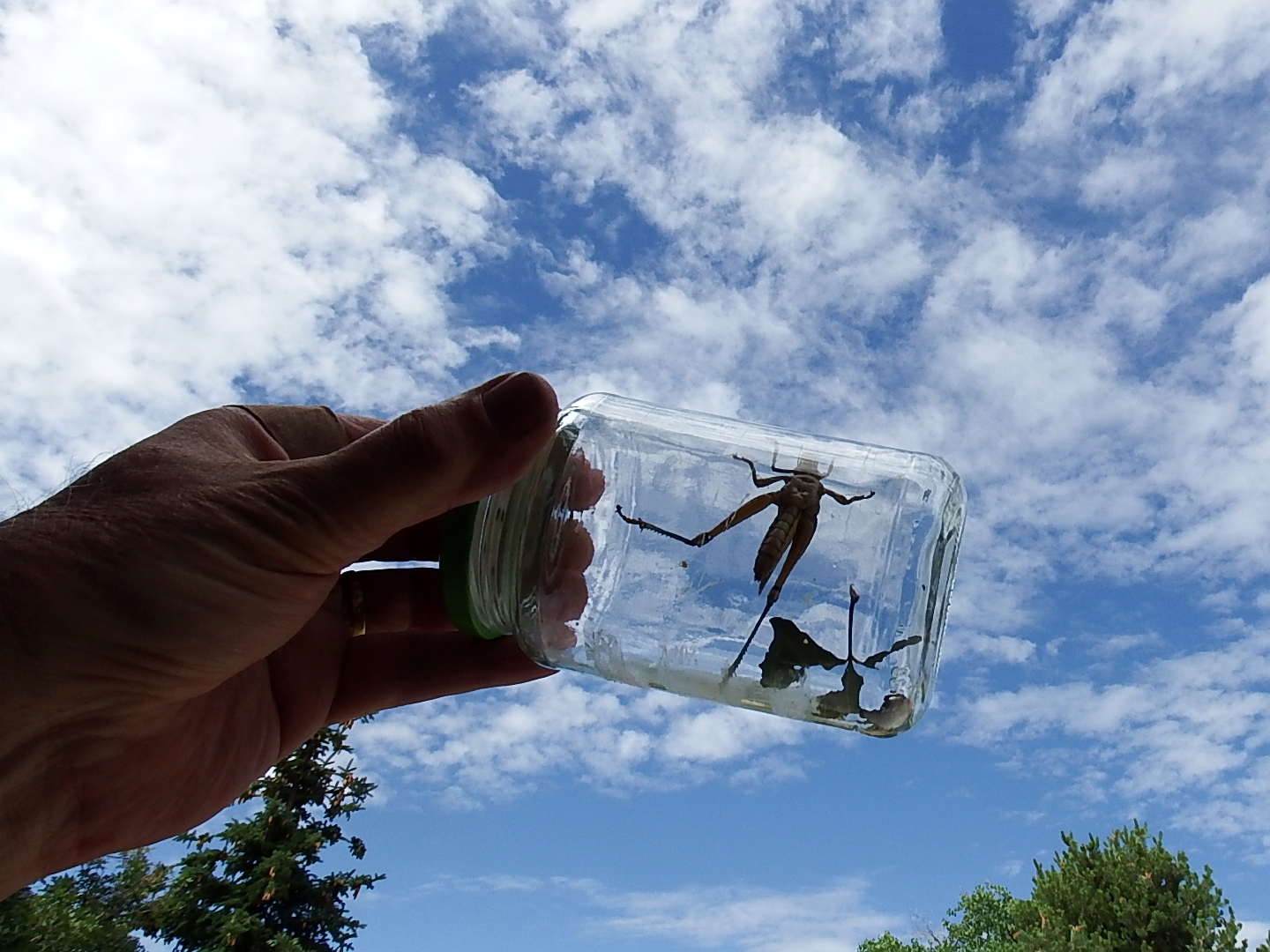Inventing a character seems pretty basic. You give him (or her, or it) a name, you visualize a face, maybe even conjure up a voice. Not just a literary voice, but a real one, one you can actually hear. You develop mannerisms, manufacture a backstory, and–then what?
Throw your character into a situation, of course. For which you need a setting.
Now begins the tricky part. Imagining a room, a chair, a lamp, a rug, a wall, and a ceiling is about as far as some of us are willing to venture. Afterall, our character is just passing through, to answer the telephone perhaps, or to pick up a newspaper, or search for a missing car key.
But, making the setting too vague has consequences. So does making the scene too perfect. Either way, you risk constraining your character in an unwieldy box. Suppose your character takes up residence in a contrived place. How do you keep that critter from becoming stuck there? On the other hand, how do you pull that character out and then return that character to the same setting without artificially reorienting the reader? And how do you reorient the reader? How do you remind them that Joe or Sally or Fido has once again returned to familiar surroundings? How do you accomplish such movements without the risk of repetitive redundancy?
Try thinking of your character as a grasshopper–a living organism which, through no fault of its own, is captured by a writer and placed inside a glass jar. The fact that airholes have been incised into the lid is of little consequence to the captive character who longs for freedom. The grasshopper doesn’t belong in the jar any more than an invented character belongs in a contrived setting.
Not unless you make your character feel something, or better yet, want something. To make the character work, to make the scene work, you must transcend the scene. If you want to animate your character and enthrall your reader, you have to make both the character and the reader care.
To do that, you must reach higher. To make anybody care about a character trapped in a box, you have to give everyone a glimpse of the sky.


Love this!
Thanks!